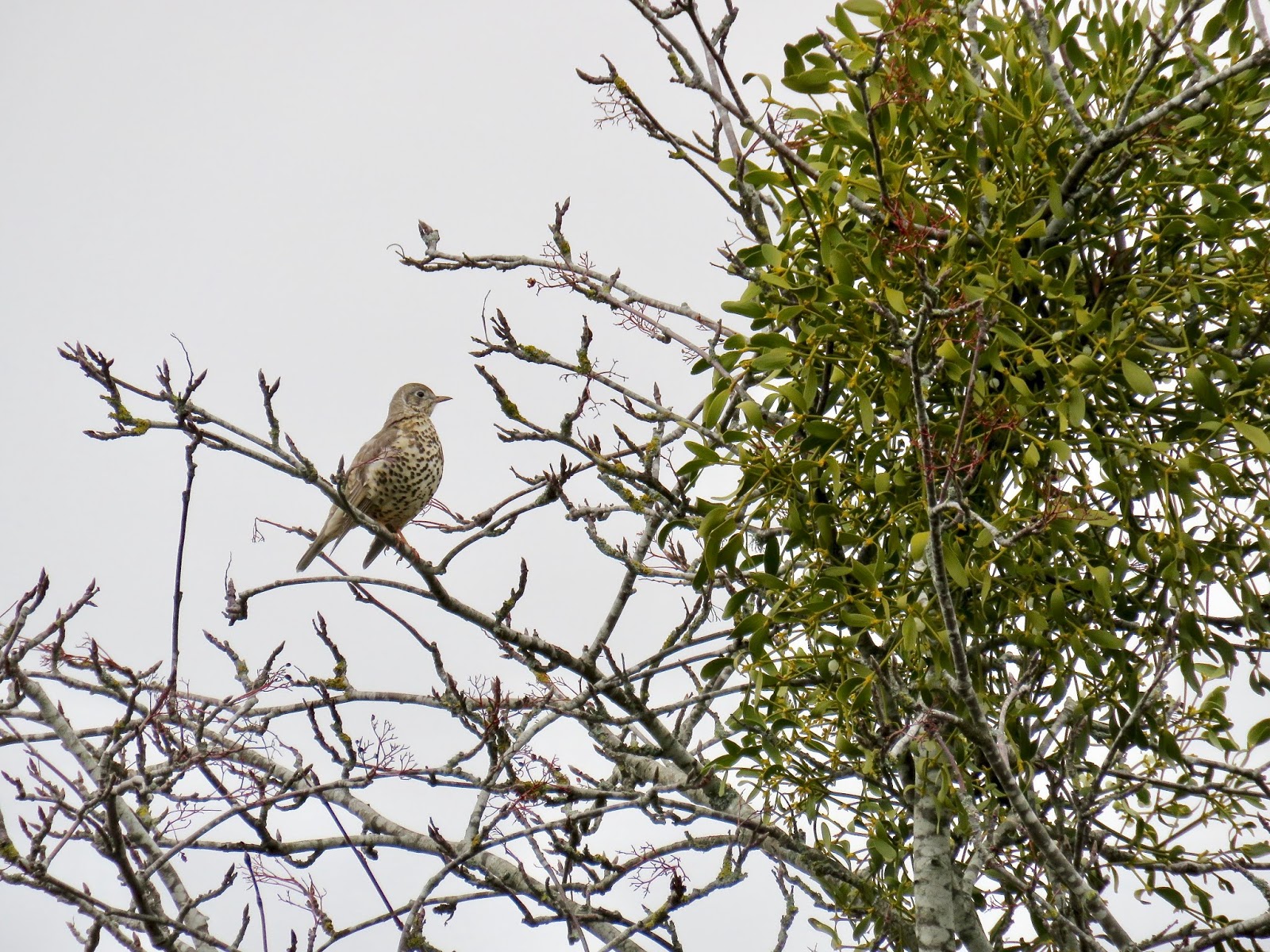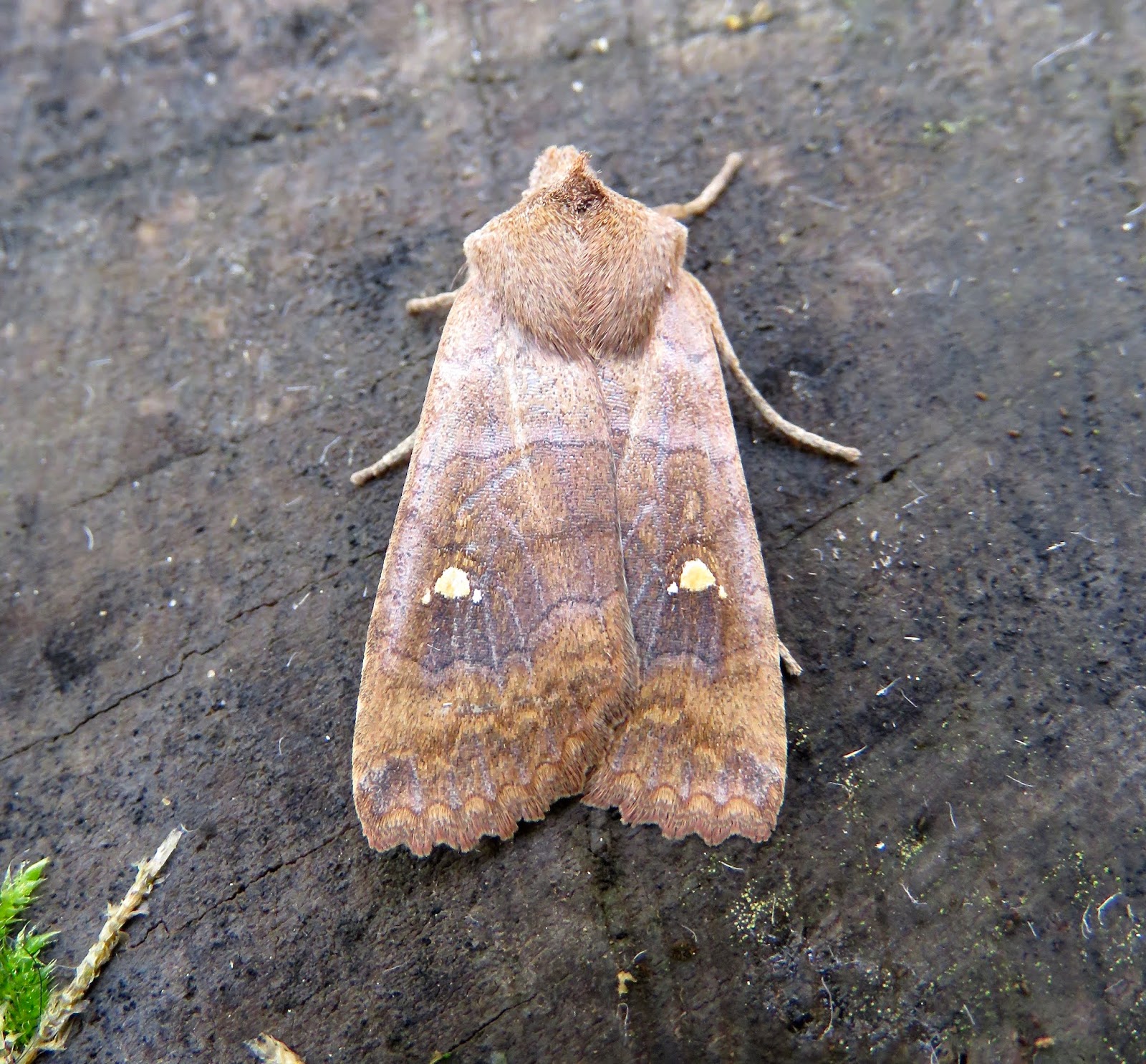Niger

On my River Hogsmill walk yesterday I came across an unfamiliar plant growing alongside one of the ponds at Bourne Hall. It was in rude health and next to a similarly robust specimen of Green Amaranth. It was vaguely sow-thistle like, a bit Rudbeckia-ish, but fitted neither. When home, I uploaded the four images reproduced here in the hope that one of my Twitter-chums could furnish me with an identification, and, as hoped, three responded in quick time to let me know that my mystery plant was Niger (Guizotia abbysinica). I've seen plenty of Niger seed in my time at bird feeding stations, but this is the first time that I have seen the plant.







